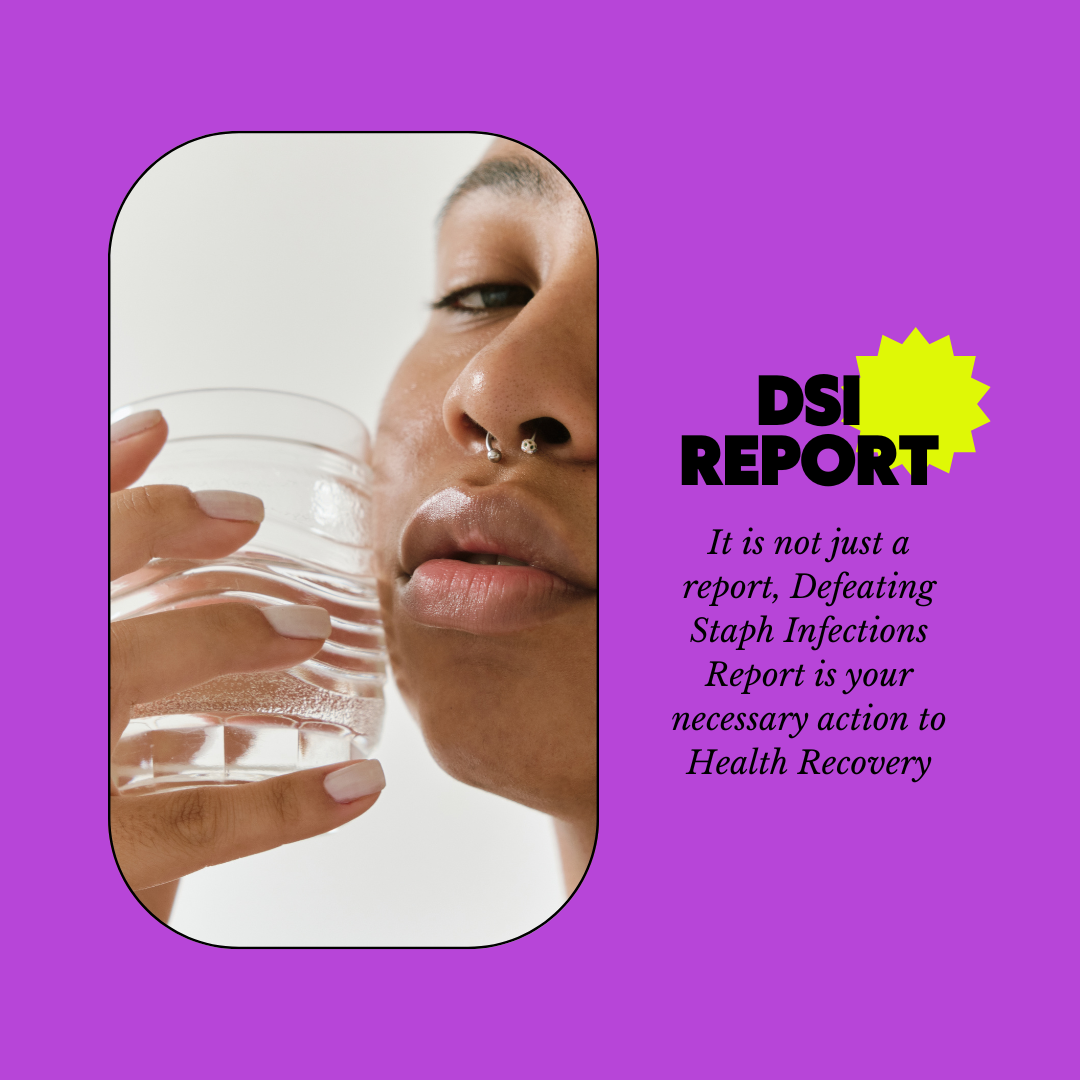Why is appropriate antibiotic use crucial in preventing Staphylococcus resistance?
Appropriate antibiotic use is crucial in preventing Staphylococcus resistance, especially as it pertains to the global challenge posed by antibiotic-resistant strains such as Methicillin-resistant Staphylococcus aureus (MRSA). The principles of correct antibiotic usage help manage the threat of resistance, ensuring these life-saving drugs remain effective for current and future generations. Here’s why this is vital:
1. Reducing Selection Pressure:
Antibiotics exert a selection pressure on bacteria, which can lead to the survival and proliferation of resistant strains if used improperly. By using antibiotics appropriately—only when necessary and with the correct regimen—we minimize this selection pressure. This helps to slow down the development of resistance among Staphylococcus populations.
2. Preventing Overuse and Misuse:
Overuse and misuse of antibiotics are key factors in the development of antibiotic resistance. Inappropriate usage includes not only unnecessary prescription for viral infections (against which antibiotics are ineffective) but also incorrect dosing and duration of treatment. Ensuring that antibiotics are used judiciously and only when indicated helps maintain their efficacy against susceptible bacteria and reduces the opportunities for resistant strains to emerge and spread.
3. Ensuring Effective Treatment:
Appropriate use includes selecting the right antibiotic based on the specific bacteria causing the infection, which often requires laboratory testing to determine bacterial susceptibility. This targeted approach helps to ensure that the treatment is effective, reducing the need for additional rounds of antibiotics that may further contribute to resistance.
4. Preserving Antibiotic Efficacy:
By using antibiotics correctly, we can help preserve their effectiveness for treating infections. This is critical in a healthcare setting where antibiotic resistance can significantly complicate the treatment of common infections, leading to longer hospital stays, higher medical costs, and increased mortality.
5. Public Health Impact:
Antibiotic resistance does not respect borders and can spread quickly within communities and across the globe. Appropriate antibiotic use reduces the spread of resistant bacteria in the community, decreasing the overall burden of antibiotic resistance worldwide.
6. Protecting Vulnerable Populations:
Individuals with weakened immune systems, such as the elderly, patients in intensive care units, or those with chronic diseases, are particularly vulnerable to infections from resistant bacteria. Rational use of antibiotics helps protect these populations by curbing the proliferation of resistant strains.
Steps to Promote Appropriate Antibiotic Use:
- Stewardship Programs: Implementing antibiotic stewardship programs in healthcare settings that monitor and evaluate antibiotic prescriptions and usage.
- Education and Training: Educating healthcare providers and the public about the risks of antibiotic resistance and the importance of appropriate antibiotic use.
- Surveillance: Enhancing surveillance of antibiotic-resistant infections to inform






Post a Comment